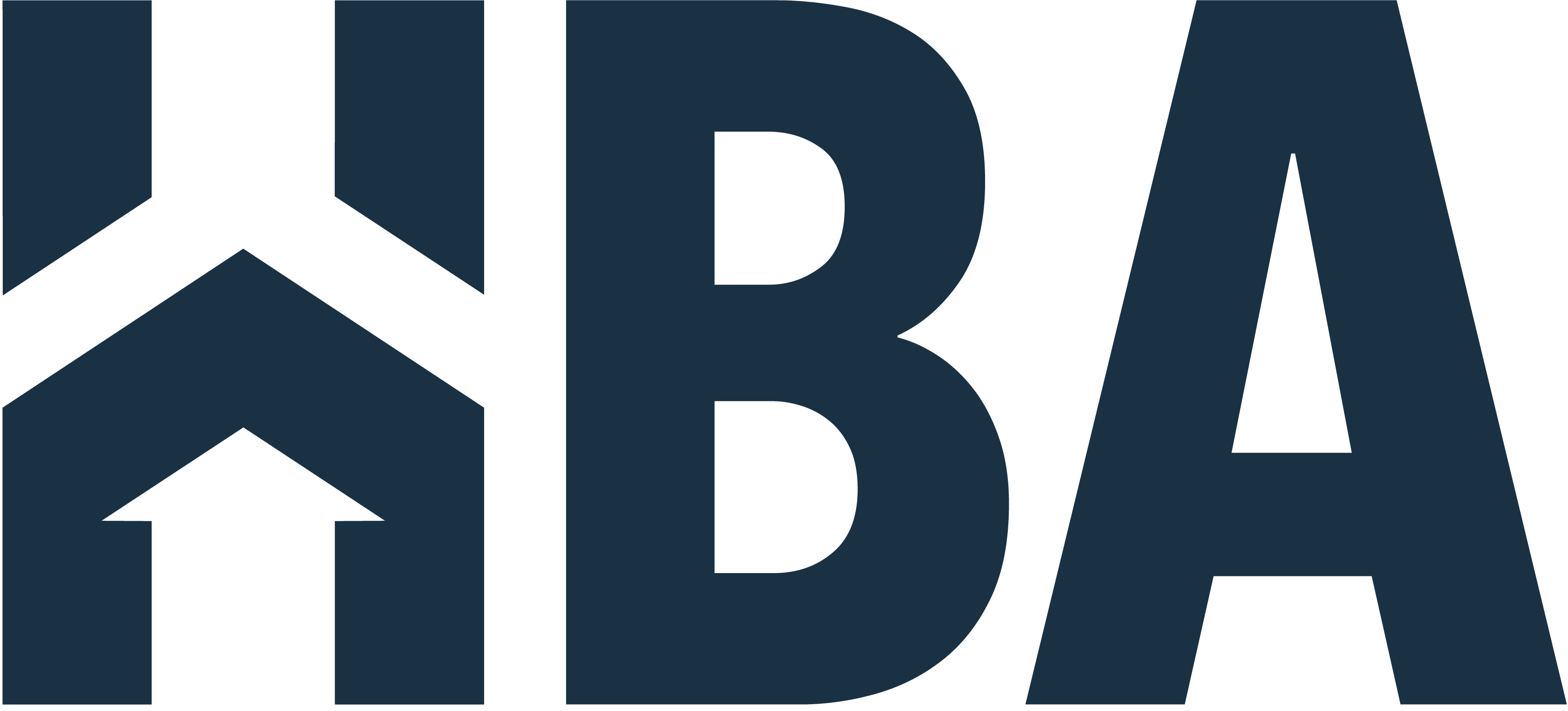According to estimates from the U.S. Housing and Urban Development and Commerce Department, single-family starts increased in October, consistent with solid levels for the NAHB/Wells Fargo Housing Market Index (HMI). Thanks to lower mortgage interest rates, the seasonally adjusted annual pace of single-family permits has been rising since April, the rate of single-family starts has been increasing since May, and the 3-month moving average for single-family construction is at a post-recession high.
Single-family starts increased 2% to a 936,000 seasonally adjusted annual pace in October. Multifamily starts increased 8.6% to a 378,000 annualized rate after a strong reading of 466,000 in August and a smaller 348,000 pace in September.

On a year-to-date basis, single-family starts are just 1.3% lower than the first ten months of 2018. NAHB’s forecast, and the forward-looking HMI suggest that future data will show modest monthly gains due to lower mortgage interest rates. Indeed, single-family permits have been increasing since April, and single-family starts have been rising since May as the home construction rebound continues. We expect additional single-family growth, as areas beyond the exurbs respond to for-sale housing demand and healthy labor markets.
On a regional and year-to-date basis, single-family starts are down 14% in the Northeast, 8% in the West, 6% in the Midwest and up 5% in the South – the only region with net gains. Land availability and cost is a key factor explaining these regional differences.
As of October 2019, there were 527,000 single-family homes under construction. September saw the first gain for this number since January, and the current count is roughly flat from a year ago. There are currently 634,000 apartments under construction, a post-Great Recession high. The cumulative economic impact of the 2019 rebound in home construction is seen in the graph below.











